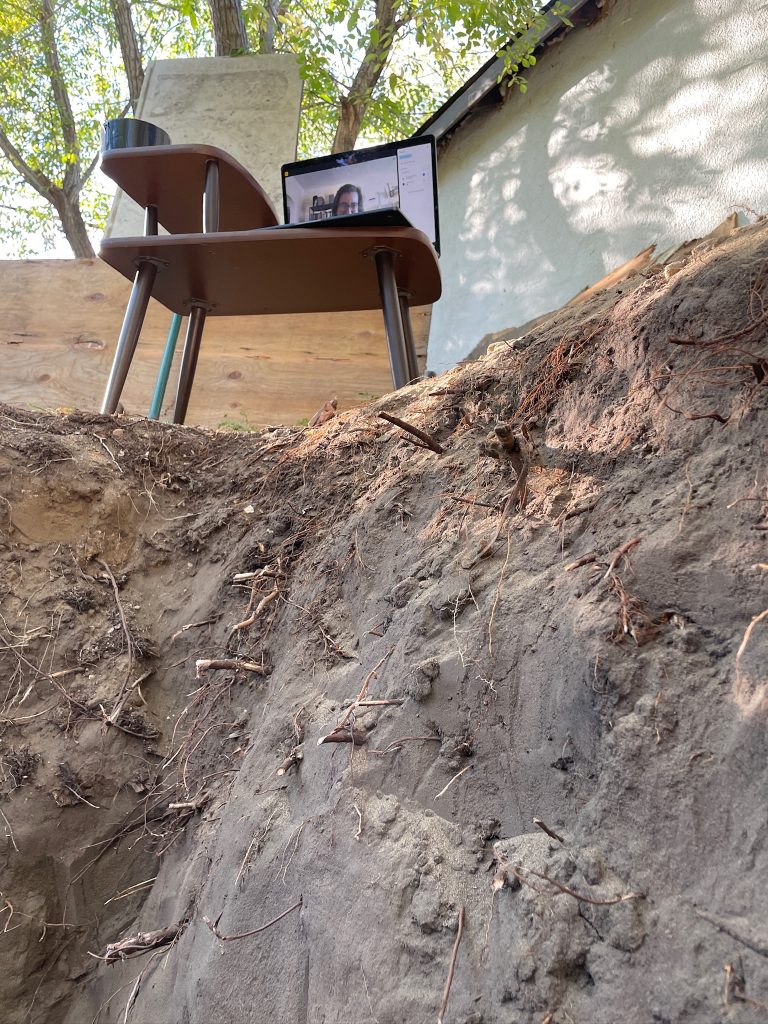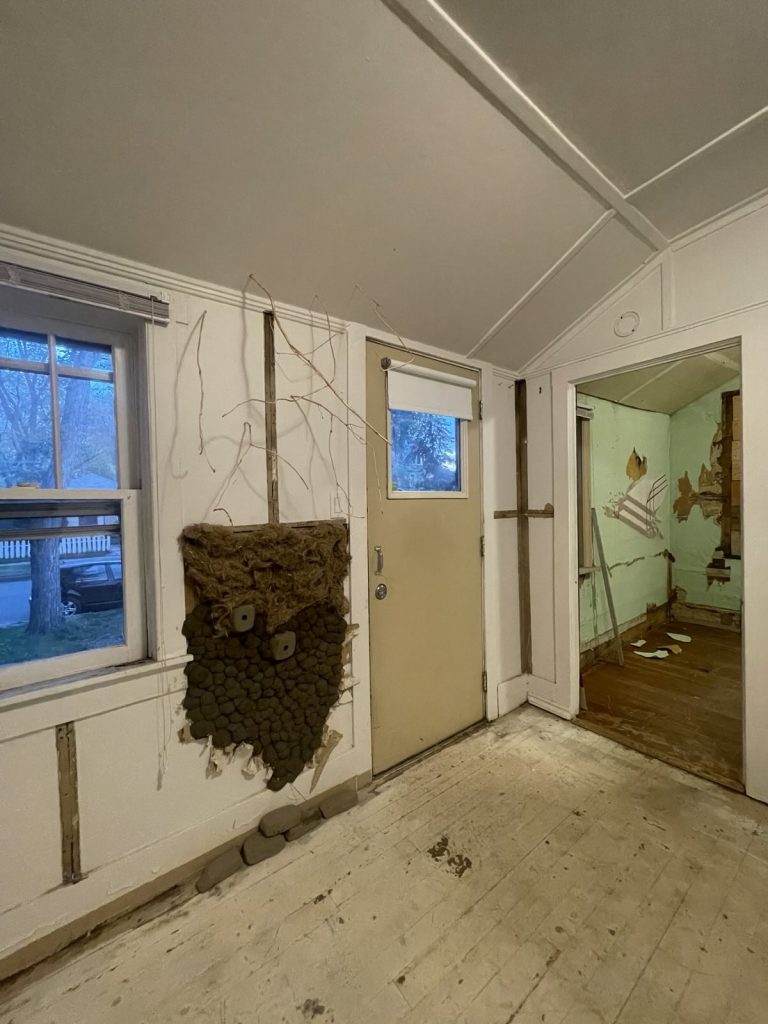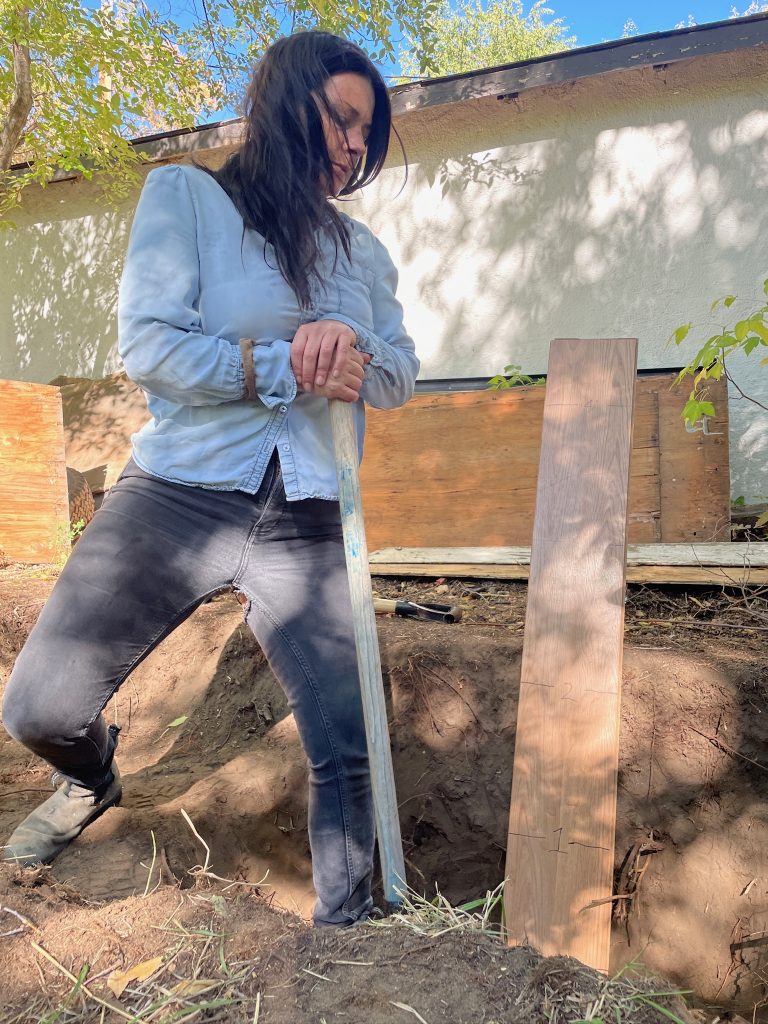When my paternal grandmother passed away in the spring of 2020, I witnessed my paternal family come undone over a land title amidst a more extensive conversation among Canadian people. Land Back is about Indigenous peoples regaining control over their ancestral lands, resources, and decision-making power. It’s part of a broader movement for decolonization and land redistribution promised in the treaties.
The title to the property was divided into four portions that were not equal in value, and my father and his brothers no longer considered each other family. I kept hearing that this was normal; many families go their separate ways after the distribution of assets. This was when I surrendered to the reality that the causes and conditions of colonization, such as entitlement and greed, had devoured my family.
Long ago, I used to think that if I were ever in a position to have a title to a parcel of land, it would not be for personal gain but some utopian dream, like Daub City: a forgotten rural town no longer inhabited and refashioned entirely from mud. I imagined building a home and buildings, slowly observing how the elements gradually wear it away with each passing season, returning to the earth.
I’ve always been an idealistic optimist, which drives some of my creative endeavours. However, after my experience in an intentional community from 2010 to 2017, I realized everyone seemed to share this mindset, and this thinking created more challenges than opportunities. Yet again, at the onset of this project, I found myself returning to this utopian thinking, where we could create some architectural movement with the outcome meets the community’s needs.
As I bid farewell to this house and some of its histories in which it housed, I found myself most interested in the land on which the house is situated rather than in the demolition and reconstruction of its parts. My work is influenced by wattle and daub, a traditional building technique utilizing willow and a mud composite that my Ukrainian ancestors employed during their settlement of the Canadian prairie. Drawing from the material connections inspired by this building practice, I considered other aspects of my ancestry through the Scottish folklore of Skekling. Skeklers dressed in enigmatic straw costumes embody supernatural beings while shrouding their true identities. The contemporary forms created reflected the assimilation of my family into Canadian culture.

This opportunity to work with Ashle highlighted the technical skills and constructs required in installation art. A couple of concepts and designs emerged, intersecting with building traditions incorporating natural materials such as earth bricks.
We excavated sand during our soil sample collection, which allowed us to assess the sand-soil ratio. I experimented with OM4 ball clay, the medium I use in my daub recipe. However, I found it too brittle, resulting in the first round of bricks on the roof cracking during drying. We needed to dig deeper to achieve a higher sand content for stable earth bricks, using a mixture of sand and fire clay.
As we dug deeper and wider, we began to unearth enough sand to create a significant volume of bricks. I envisioned that we would need to excavate the entire lot to produce enough bricks to build an entire home. I can get behind that amount of labour! At this point, my interests shifted toward incorporating elements of the sand-clay mixture into the house itself. Using a wattle and daub technique, I started tossing mud balls onto a makeshift willow lattice wall. This was the closest I had come to creating Daub City.

The creative process is often a very personal journey and is powerful when you can share it with others. For me, creativity serves as a pathway toward learning and rediscovering things that are hidden, lost, or forgotten. When I decided to leave the comfort of my studio and enter a new environment, it brought forth many private experiences from my past, putting me in contact with some things hidden or forgotten.
Finding myself in a literal pit, six feet underground, connected me to a more profound sense of humanity. It brought about the idea that reconciling pertains also to our settler-on-settler relations and thinking. By working with natural materials, I can engage with the insights gained through the creative process. Although my creative work doesn’t solve everything, it offers glimpses of what has yet to form.

As we dug deeper and wider, we began to unearth
~Laura Hosaluk
enough
sand to
create a significant volume of bricks. I envisioned that we would need to excavate the entire lot to produce enough bricks to build an entire home.
